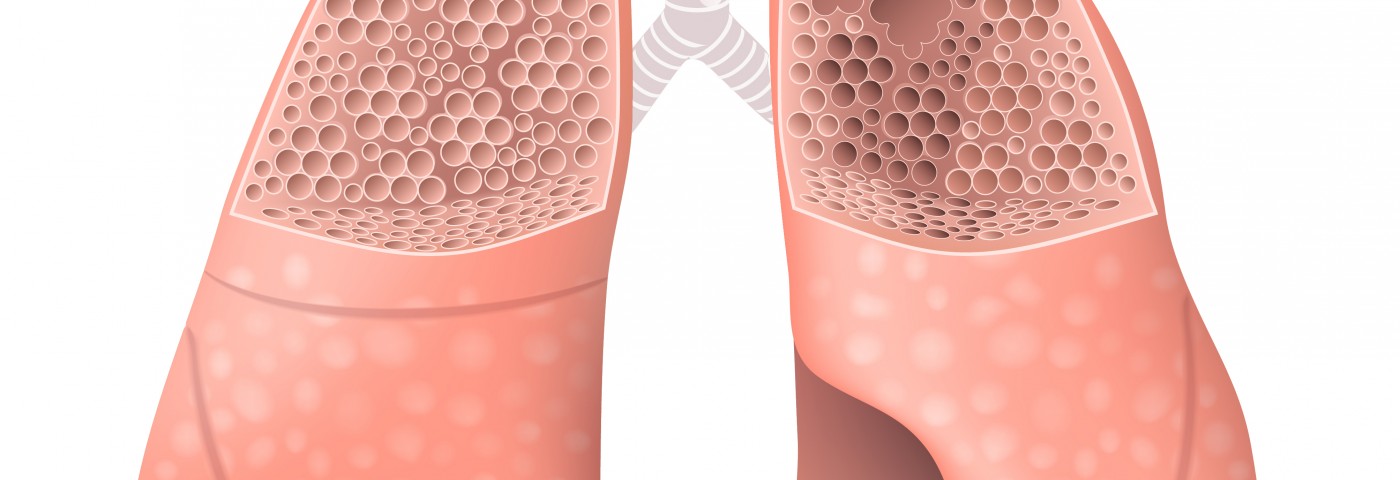In a new study, researchers investigated whether selective treatment with vapor ablation of the more diseased lobe segments in the lungs led to clinical improvements in patients suffering from severe emphysema. The research team found that this therapeutic method improved forced expiratory volume in 1 second (FEV1), a measure of lung function, and respiratory questionnaire scores.
The research article, “Segmental volume reduction using thermal vapour ablation in patients with severe emphysema: 6-month results of the multicentre, parallel-group, open-label, randomised controlled STEP-UP trial,” was published in the journal The Lancet.
Patients with severe emphysema show clinical improvement after treatment by lung volume reduction of the lobes affected by emphysema. However, segments within a lung lobe are differently affected, and some segments are substantially more disabled than others. Researchers theorized that such observations indicate that perhaps a more targeted treatment approach to more affected parts of the lobes might clinically benefit the patients.
The research team, led by Professor Felix J. F. Herth, M.D., of the department of pneumology and critical care medicine at Thoraxklinik, University of Heidelberg, designed and conducted a multicentre, parallel-group, randomized, controlled, open-label clinical trial — the Sequential Staged Treatment of Emphysema with Upper Lobe Predominance (STEP-UP) trial (NCT01719263).
The clinical trial included 70 adult patients, ages 45-75, with severe upper lobe-predominant emphysema. Patients were randomly assigned — 46 to the segmental vapor ablation treatment group, and 24 to the control group, where patients received standard medical management.
The results indicated that the mean relative improvement in FEV1 between the treatment group versus the control group was 14.7 percent. The most common adverse event reported was chronic obstructive pulmonary disease (COPD) exacerbation, which occurred in 11 of 45 patients (24 percent) in the treatment group and one of 24 (4 percent) in the control group. One patient died 84 days after treatment due to an exacerbation, which the data and safety monitoring board ruled to be possibly related to treatment. Neither group experienced an occurrence of pneumothorax.
“Compared with standard medical management, targeted thermal vapor ablation of more diseased segments and preservation of less-diseased segments resulted in clinically meaningful and statistically significant improvements in lung function and quality of life at six months, with an acceptable safety profile,” researchers concluded in their article.

